1. Potassium Bromate – Found in “Whole Grain” Breads
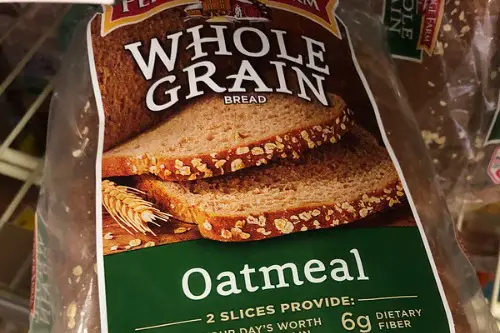
Used to strengthen dough and speed up baking, potassium bromate is found in many breads labeled as “whole grain” or “heart healthy.” But it’s been linked to kidney damage and cancer in animal studies. It’s banned in the EU, Canada, and China.
In the U.S., it’s still legal and doesn’t require labeling. That “healthy” sandwich bread might be more science experiment than superfood.
2. Artificial Food Dyes – Found in “Healthy” Kids’ Snacks
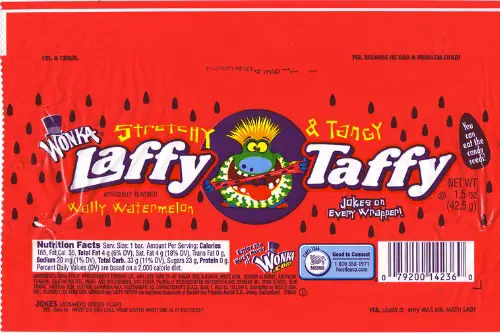
In the U.S., food dyes like Red 40, Yellow 5, and Blue 1 are found in everything from “fruit-flavored” snacks to protein bars marketed to kids. They’re used to make food look more appealing, especially in “healthier” options like low-fat yogurts or cereal bars. But in Europe, many of these dyes are banned or require warning labels due to links to hyperactivity and behavioral issues in children.
In the U.S., they’re FDA-approved and widely used. But abroad, they’re seen as unnecessary and potentially harmful. That “healthy” granola bar might look colorful—but it’s not winning any awards in Norway.
3. Brominated Vegetable Oil (BVO) – Found in Sports Drinks
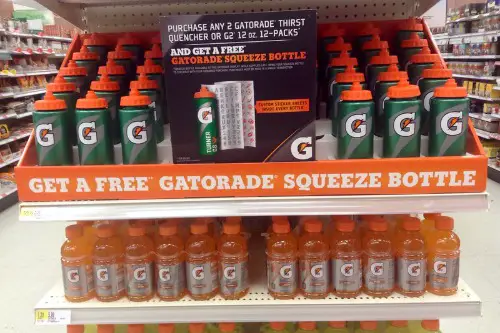
BVO is used in citrus-flavored sports drinks to keep the flavor evenly distributed. It’s been marketed as a “healthier” alternative to soda, especially for athletes and teens. But BVO contains bromine—a chemical also used in flame retardants—and has been linked to neurological issues and hormone disruption.
It’s banned in over 100 countries, including the EU and Japan. Yet in the U.S., it’s still found in some “performance” beverages. That post-workout drink might be hydrating—but it’s also controversial.
4. Olestra (Olean) – Found in Fat-Free Chips
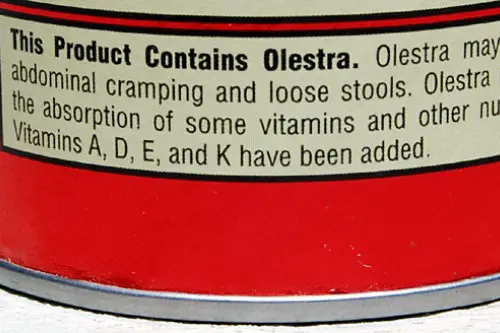
Olestra was once hailed as a miracle fat substitute—zero calories, zero fat, and used in “healthier” versions of chips and snacks. But it also blocks the absorption of fat-soluble vitamins and can cause digestive issues, including cramps and, yes, “anal leakage.”
It’s banned in the U.K. and Canada due to health concerns. In the U.S., it’s still allowed in some “diet” snack foods. So that fat-free label? It comes with fine print.
5. BHA and BHT – Found in “Preservative-Free” Cereals
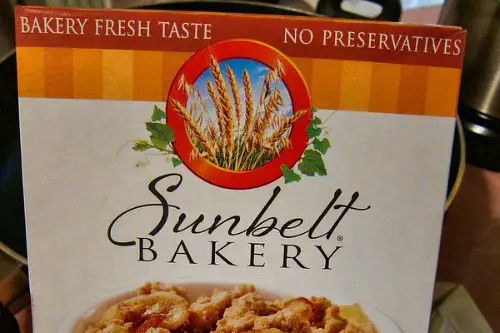
These synthetic antioxidants are used to preserve fats in cereals, granola, and nut mixes—often the ones marketed as “natural” or “preservative-free.” They’ve been linked to cancer in animal studies and are banned in parts of Europe and Japan.
In the U.S., they’re still considered GRAS (Generally Recognized As Safe). But if your “clean eating” cereal has a shelf life of five years, it’s worth a second look.
6. Azodicarbonamide – Found in “Low-Cal” Breads and Wraps
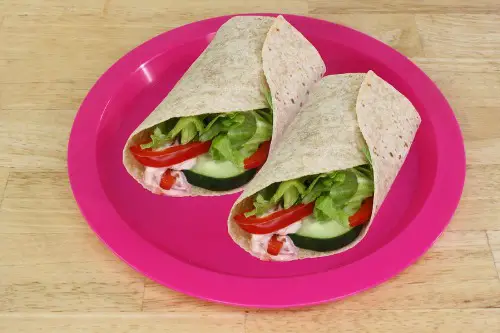
This chemical is used to bleach flour and improve dough texture in many low-calorie or “light” breads and wraps. It’s also used in yoga mats and shoe soles. The World Health Organization has linked it to respiratory issues and asthma.
It’s banned in the EU and Australia. In the U.S., it’s still in your “healthy” sandwich wrap. Bon appétit?
7. rBGH (Recombinant Bovine Growth Hormone) – Found in “Protein-Rich” Dairy
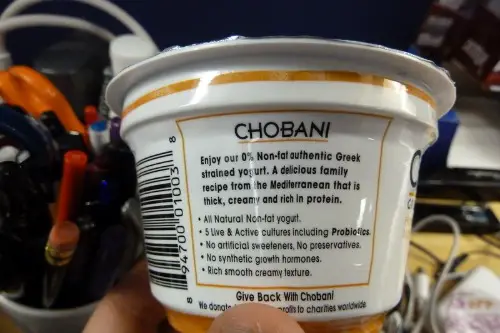
rBGH is a synthetic hormone used to increase milk production in cows. It’s found in many high-protein yogurts, cottage cheese, and milk marketed as “fitness fuel.” But it’s been linked to increased levels of IGF-1, a hormone associated with cancer risk.
It’s banned in the EU, Canada, and Japan. In the U.S., it’s still used—though some brands voluntarily label their products rBGH-free. That “muscle-building” yogurt might come with more than just protein.
8. Genetically Modified Wheat and Corn – Found in “Whole Grain” Snacks

GMOs are widely used in the U.S., especially in corn and wheat products labeled as “whole grain” or “heart healthy.” While the science on GMO safety is still debated, many countries—including much of Europe—ban or heavily restrict them out of caution.
In the U.S., GMO labeling is minimal and often voluntary. That “natural” granola bar? It might be more engineered than you think.
This post 8 Things That Are Considered “Healthy” in the U.S.—But Banned in Other Countries was first published on American Charm.


